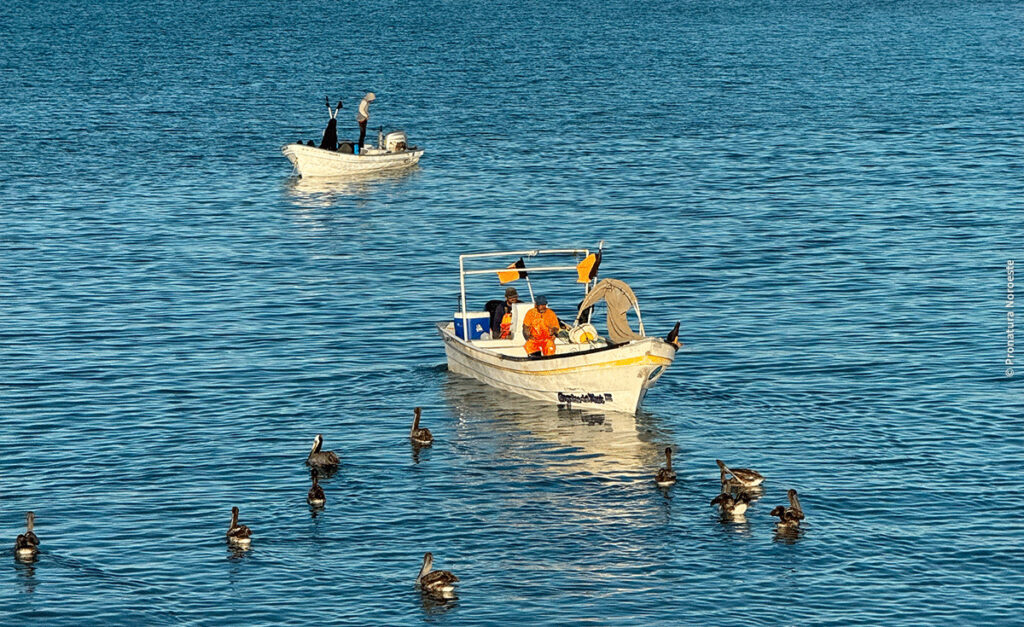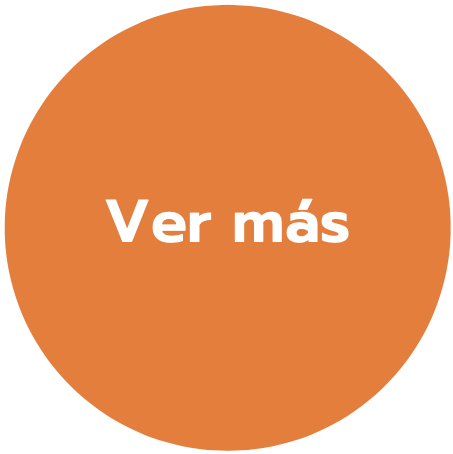San Felipein the Upper Gulf of Californiais about to celebrate 100 years since its founding in 1925. It emerged as a settlement of fishermen who found in these waters an ideal place to catch blue shrimp and roosterfish. Since then, the economy of the region has revolved around the fishing.
However, this community faces significant challenges. In 2018, the government of United States imposed a lien on the blue shrimp under the Marine Mammal Protection Lawdue to the risk to the vaquita porpoisetrapped in traditional fishing nets.
"We cannot commercialize (in the United States) shrimp because it is caught with nets and there is no legal and economically viable net, which is useful, both economically and for the environment, and while this issue is being resolved, we will use the tools that the fishermen already use," explained Anabel Espinoza, a community leader from San Felipe.
Innovation in sustainable fisheries
Pronatura Noroeste and the Canada Fund for Local Initiatives have promoted new fishing gears, such as suriper nets for shrimp and Ikejime method for the curvina.
"Not only do we take into account the environmental needs to bring the species back from the brink of extinction, but also all the requirements and social needs that are required to really have the conditions that will allow us to recover the vaquita populations," said Valeria Towns, Director of Conservation for Pronatura Noroeste.
To sustain themselves, fishermen must catch between 70 and 80 kilos per day, with prices of 200 pesos per kilo of blue shrimp. The sustainable strategy seeks to change the paradigm of quantity for quality and added value.
Quality over quantity
The approach involves self-regulation, fishermen's participation in government decisions, and opening up to new markets. Certification of sustainable fishing could improve prices and exports.
The Ikejime methodThe Japanese fishery, of Japanese origin, slaughters fish quickly and painlessly, improving their quality. In parallel, fishing with suriper nets allows shrimp to be caught without affecting other species. This technique, developed in Sinaloamust be adapted to the Upper Gulf.
It is essential to improve the catch with suriperas with the help of the fishermen, who know the region best, Towns said.
San Felipe seeks to balance environmental conservation and economic development. With new sustainable techniques, it could overcome its challenges and secure its fishing legacy for future generations.
The economic opportunity is that, with these sustainable practices, seafood increases its value in the market and its high quality can be sold inside and outside Mexico at better prices.
Source: Pronatura Noroeste


